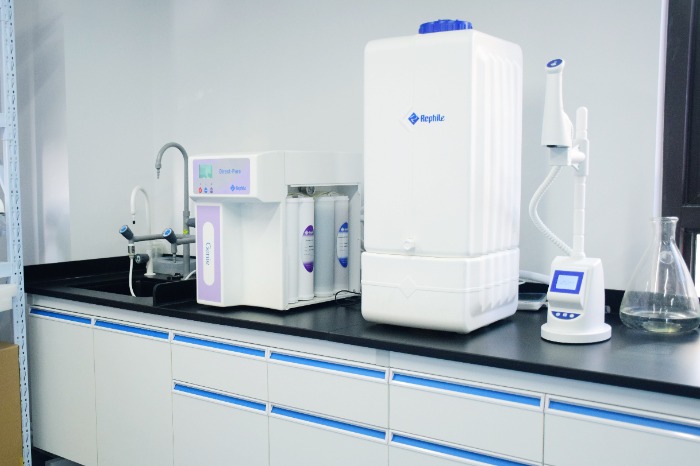Water is an essential element for life. It’s also a crucial component in many laboratory processes and blood banks. However, tap water isn’t always suitable for these environments as it may contain contaminants that could affect the accuracy of laboratory results or compromise the safety of blood samples. Therefore, purified water is the ideal choice for clinical applications.
Benefits of purified water:
Purified water offers a series of benefits for laboratories and blood banks, including:
- Accuracy of laboratory results: It helps ensure that laboratory results are accurate and reliable. This is important for the diagnosis and treatment of diseases.
- Security of blood samples: Purified water helps prevent contamination of blood samples. This is important to ensure that blood samples are safe for testing and storage.
- Equipment protection: It helps protect laboratory equipment and blood bank facilities from corrosion and other damage. This helps extend the lifespan of equipment and saves money.
The most common types of purified water include:
- Deionized water: Deionized water is produced by passing water through an ion exchange process. This process removes ions, which are charged particles that can cause contamination.
- Distilled water: Distilled water is produced by boiling water and then condensing the vapor. This process removes most contaminants, including minerals, heavy metals, and microorganisms.
- Ultrapure water: Ultrapure water is produced through a filtration and purification process that removes all contaminants. This type of water is most suitable for critical applications, such as pharmaceutical preparation.
Practical tips for its use:
To ensure the safety and effectiveness of purified water, it is important to follow these guidelines:
- Store in a clean and dry container.
- Use as soon as possible after opening.
- Do not reuse for other purposes.
Purified water is an essential component for laboratories and blood banks. By providing pure and safe water, purified water helps ensure the accuracy of laboratory results and the safety of blood samples.


